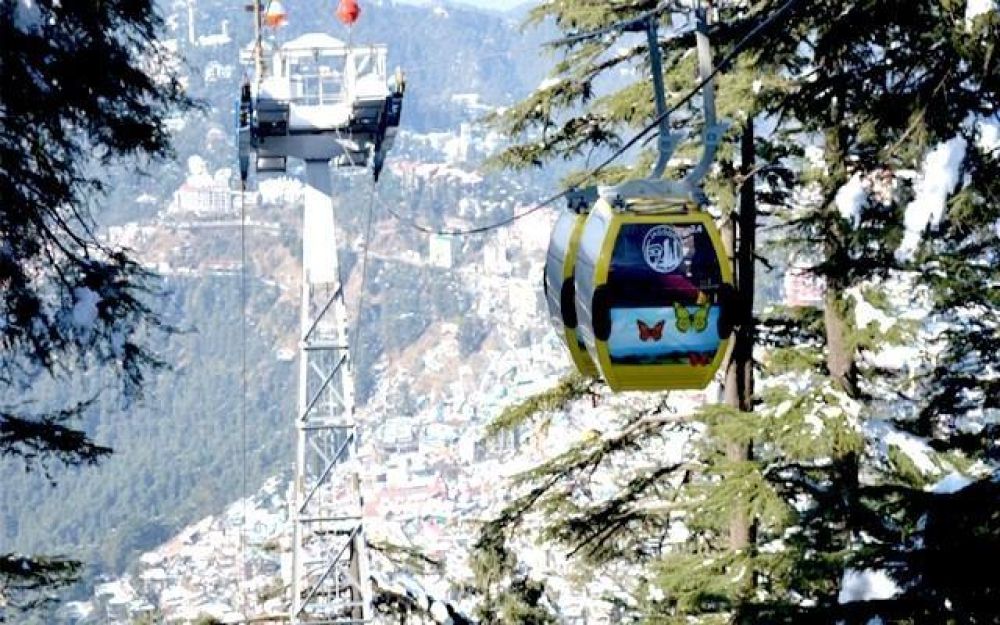

Shimla, often referred to as the Queen of Hills, has been a sought-after destination since the colonial era. Nestled in the lap of the Himachal Pradesh mountain range, Shimla’s history as a tourist haven dates back to the British Raj in India when it was declared as the summer capital due to its cool and pleasant climate. The city's colonial architecture, historic temples, and stunning views have attracted tourists from all over the country and the globe.
One of the modern marvels that blend seamlessly with the charm of old Shimla is the Jakhu Ropeway. This ropeway connects the bustling Mall Road with the serene and revered Jakhu Temple dedicated to Lord Hanuman. Here’s a glimpse into its tourism history:
Shimla's life as a tourist spot began in earnest in 1864 when it was designated as the summer capital of British India. The British sought refuge from the heat of the plains and found solace in the cool climes of Shimla. They left behind a legacy of stately buildings and a railway that is now a UNESCO World Heritage Site, the Kalka-Shimla Railway.
The ropeway was inaugurated much later, in 2017, to provide a quick and panoramic mode of transportation to the thousands of tourists and devotees visiting the Jakhu Temple, which is situated at an altitude of 2455 meters above sea level. The Jakhu Ropeway project was designed not only to ease the strenuous climb for visitors but also to offer breathtaking aerial views of the Shivalik ranges and the town below.
The introduction of the Jakhu Ropeway has had a significant impact on tourism in Shimla by providing a unique experience that combines religious pilgrimage with adventure tourism. It has become an attraction for all ages, allowing elderly and differently-abled individuals to conveniently reach the temple, which was once accessible only by a steep trek.
The latest trends in tourism at Shimla and the Jakhu Ropeway focus on sustainable and responsible travel. There is a heightened awareness among tourists and operators regarding the need to preserve Shimla’s natural beauty and historical significance. Eco-friendly practices are being promoted to ensure minimal impact on the environment, with initiatives like reducing plastic use and promoting cleanliness around tourist spots.
Technologically, advancements such as e-ticketing for the Jakhu Ropeway have made it more convenient for tourists to plan their visits and minimize wait times. Additionally, integration of social media and online platforms for sharing experiences has invigorated tourism and created a more interactive and engaging landscape for visitors.
A trip on the Jakhu Ropeway lasts approximately 6 minutes and provides a thrilling experience as visitors float above the dense forests, witnessing the rich flora and fauna and the picturesque beauty of Shimla. The end of the ride brings the traveler to the Jakhu Temple, which hosts a giant 108-feet-tall statue of Lord Hanuman, one of the tallest in the world, adding to the spiritual and visual grandeur of the destination.
The combination of history, religious significance, and modern innovation makes the Jakhu Ropeway a must-visit for anyone touring Shimla. As a unique attraction in the heart of a historic city, the Jakhu Ropeway perfectly encapsulates Shimla's evolution into a modern tourist hub while maintaining its old-world charm and reverence for cultural heritage.